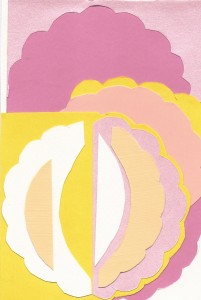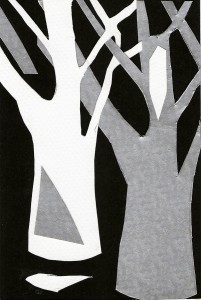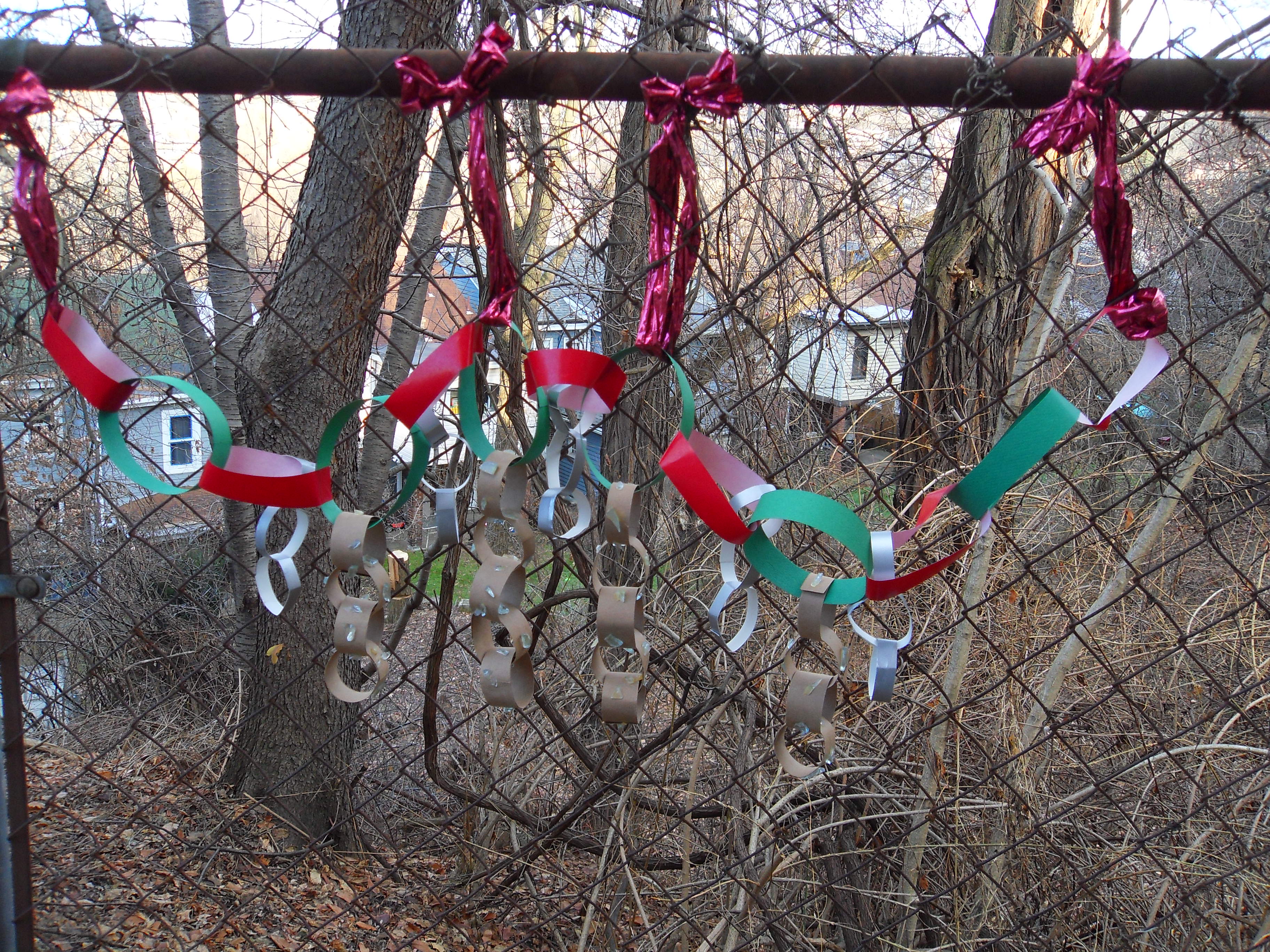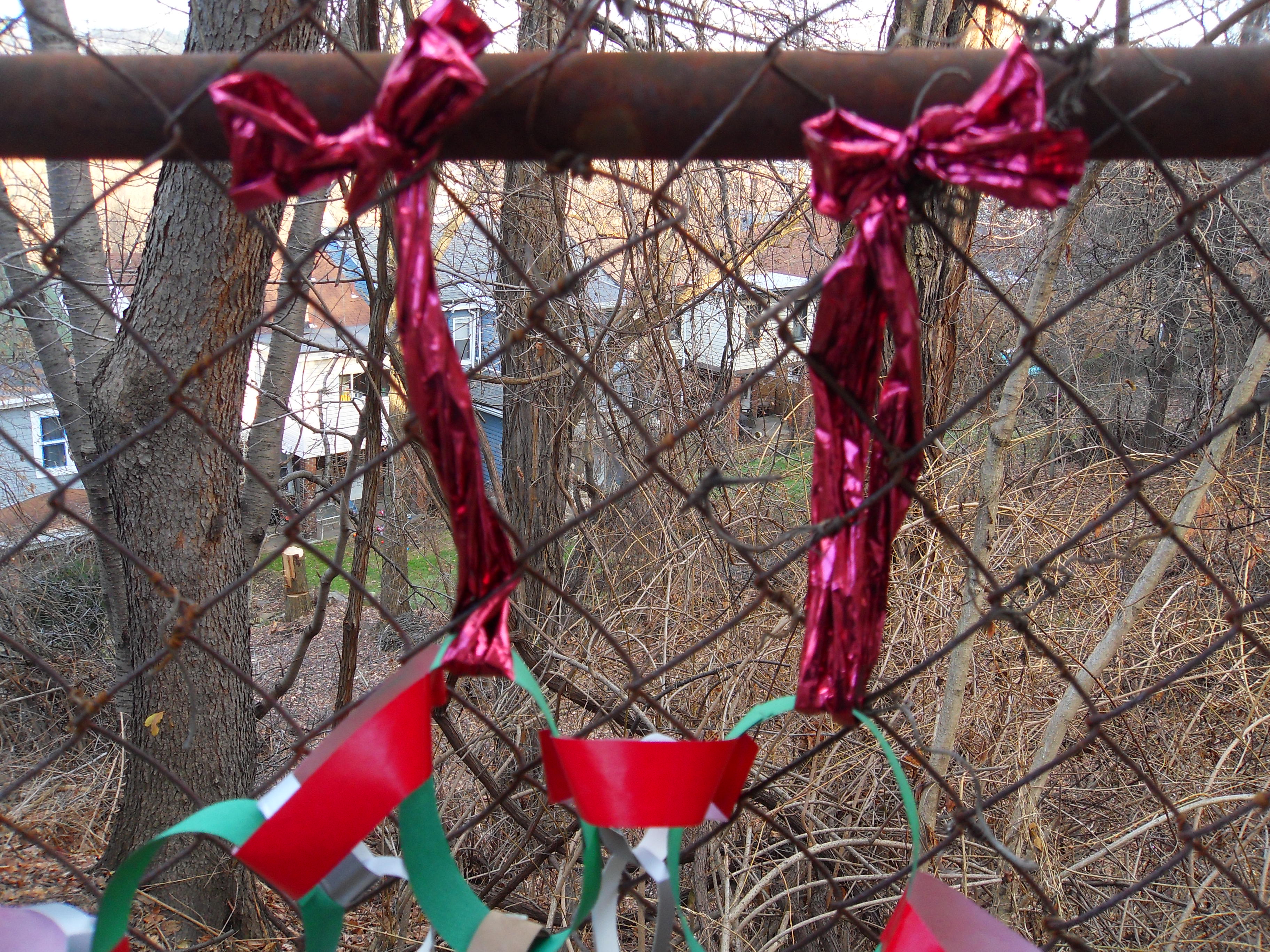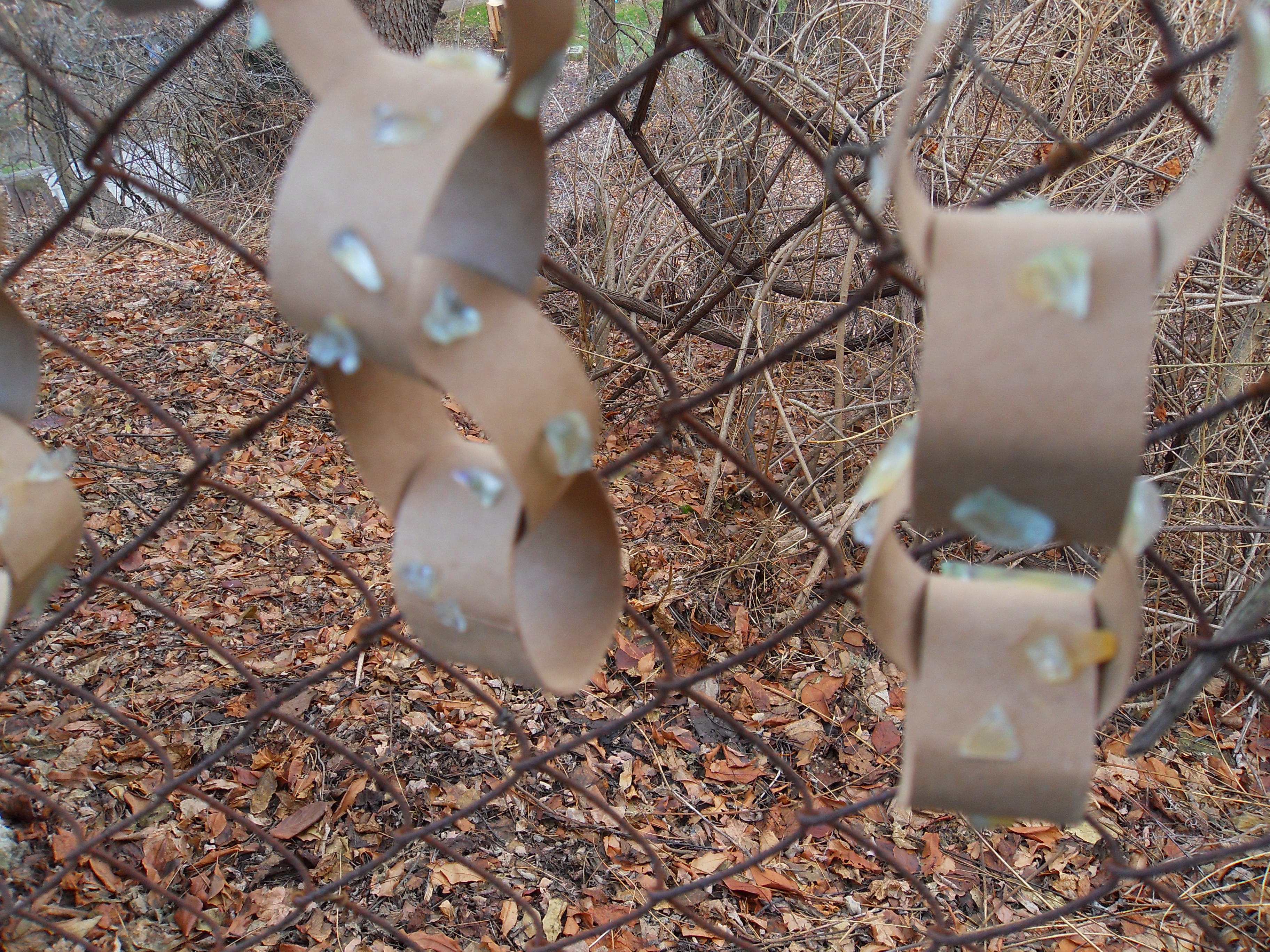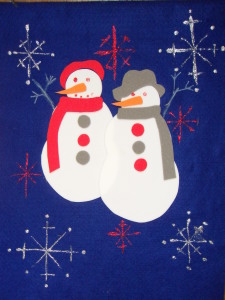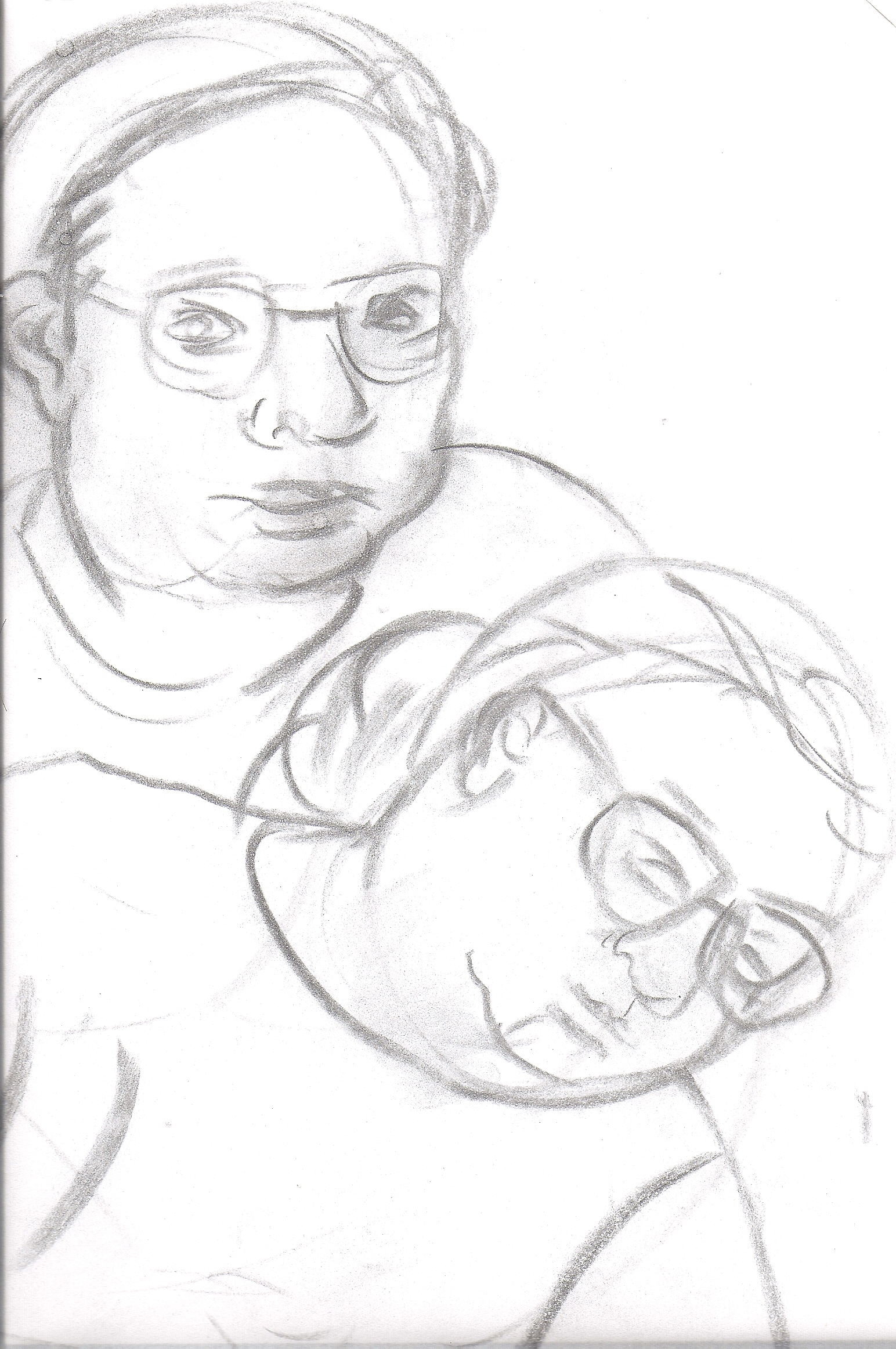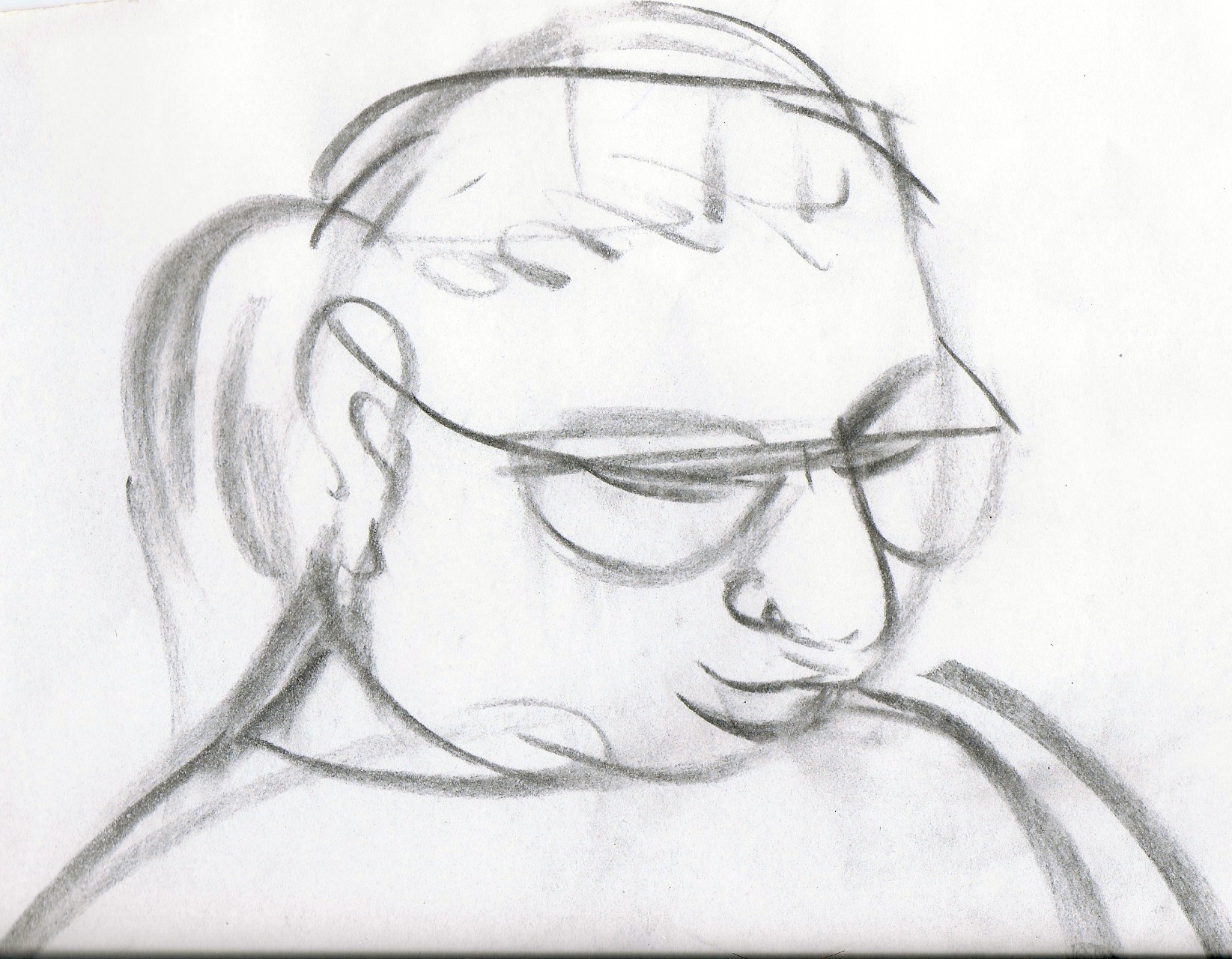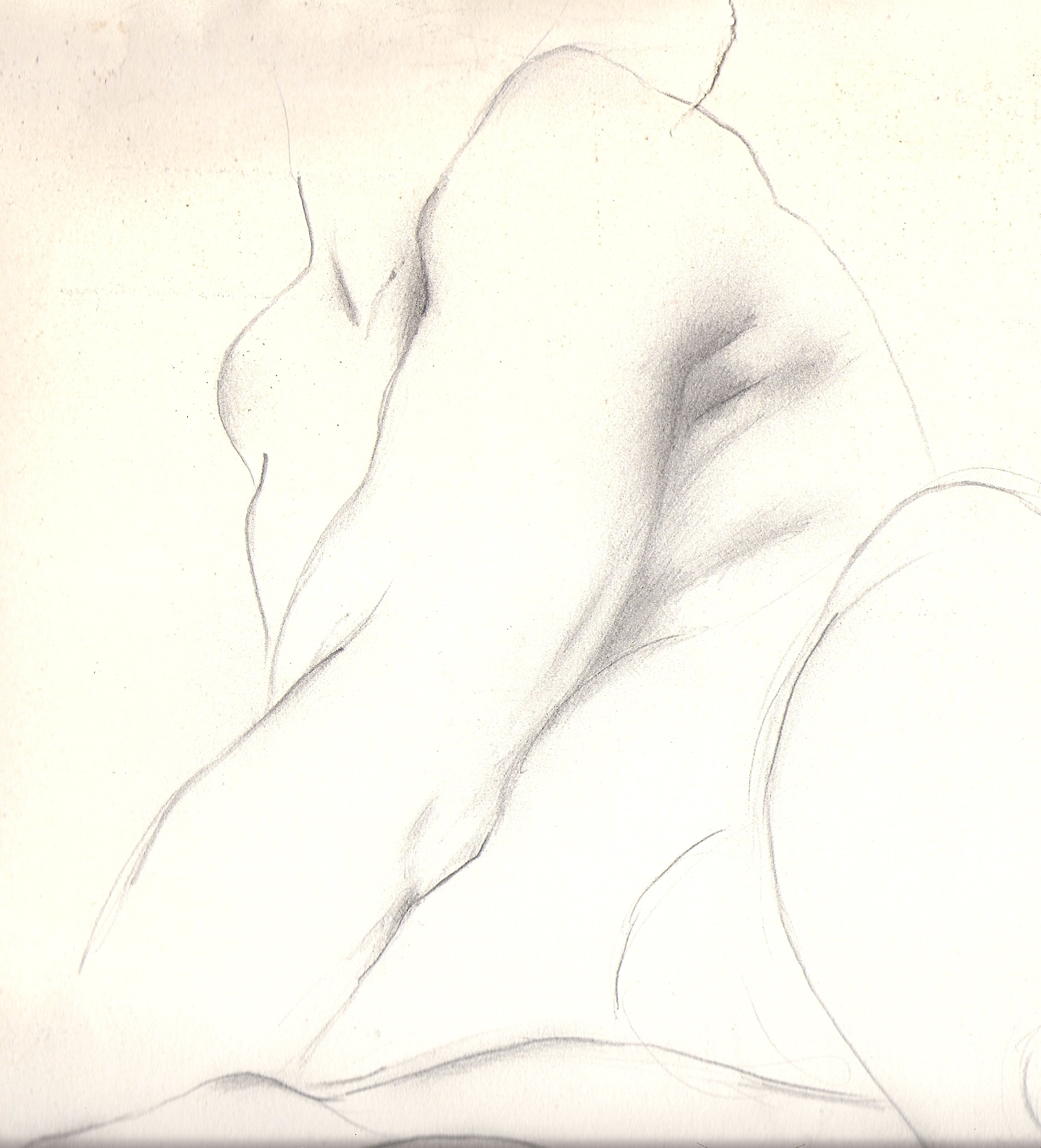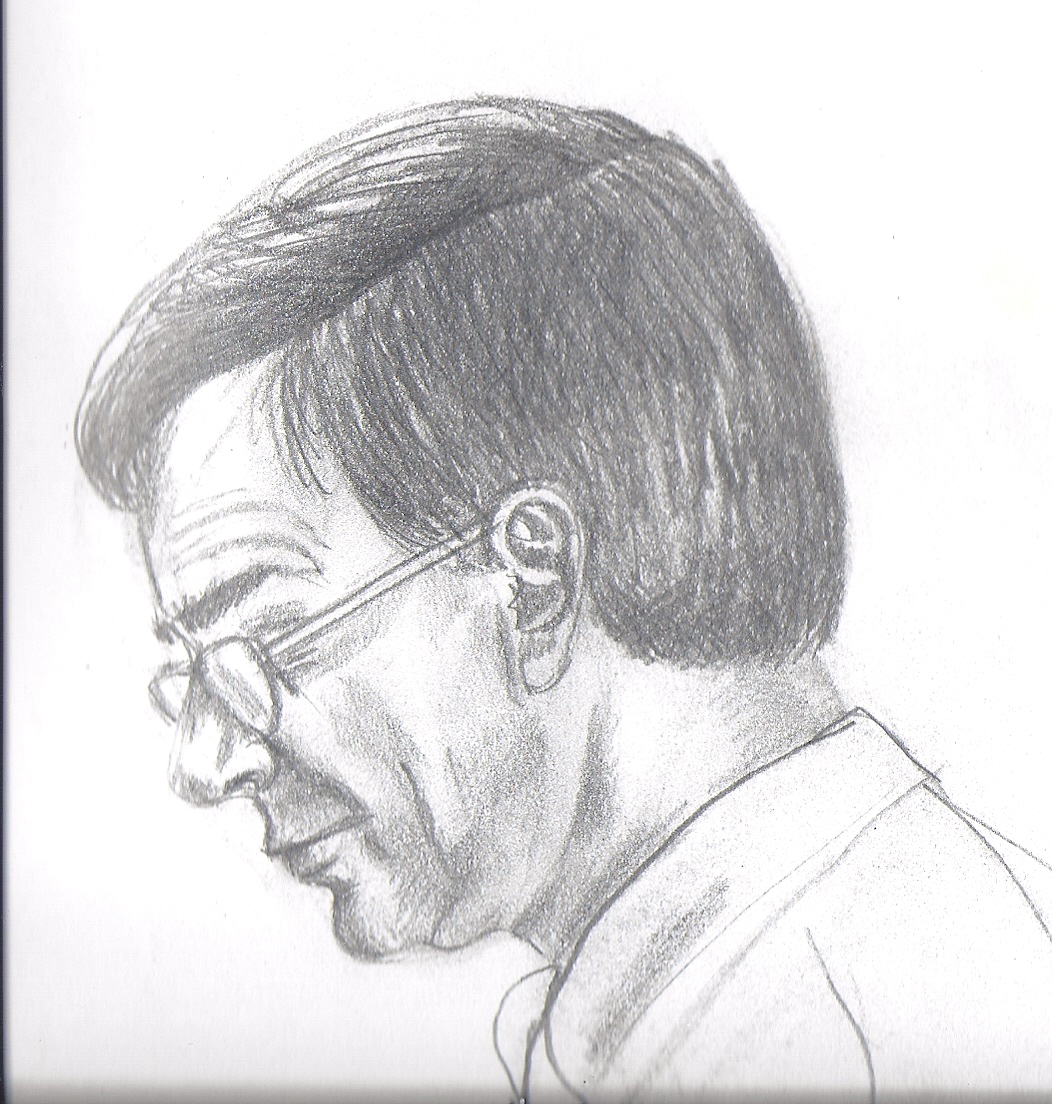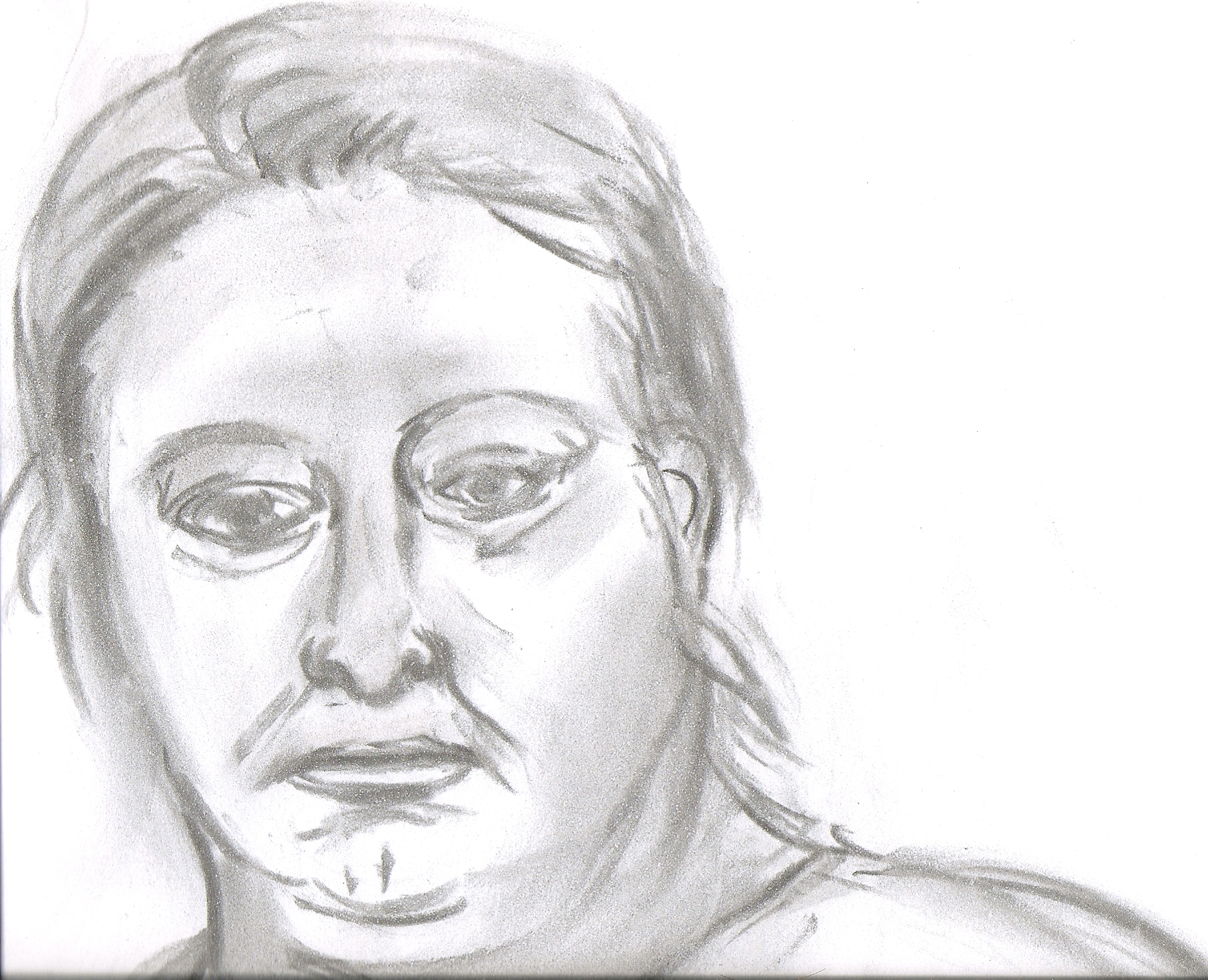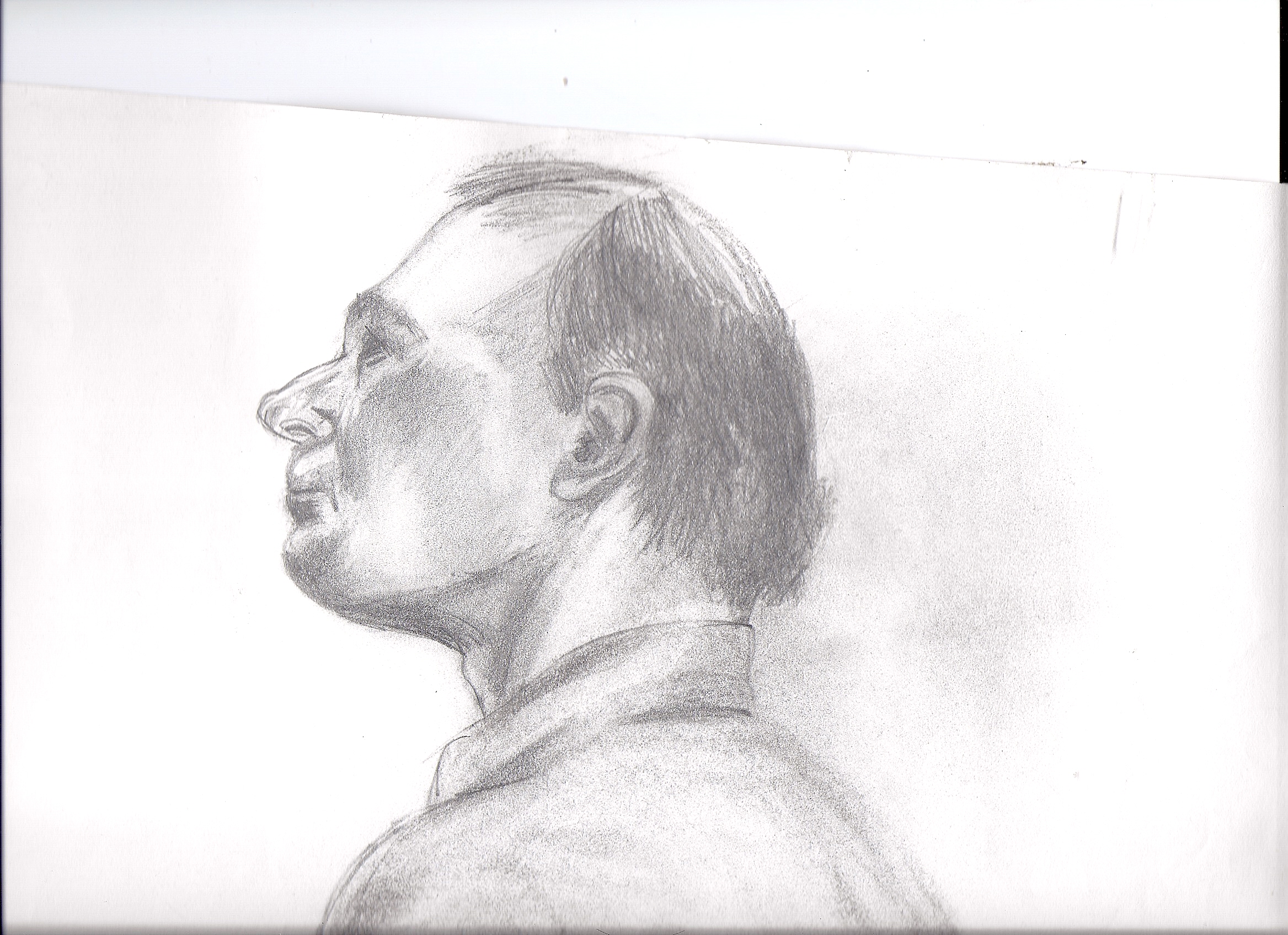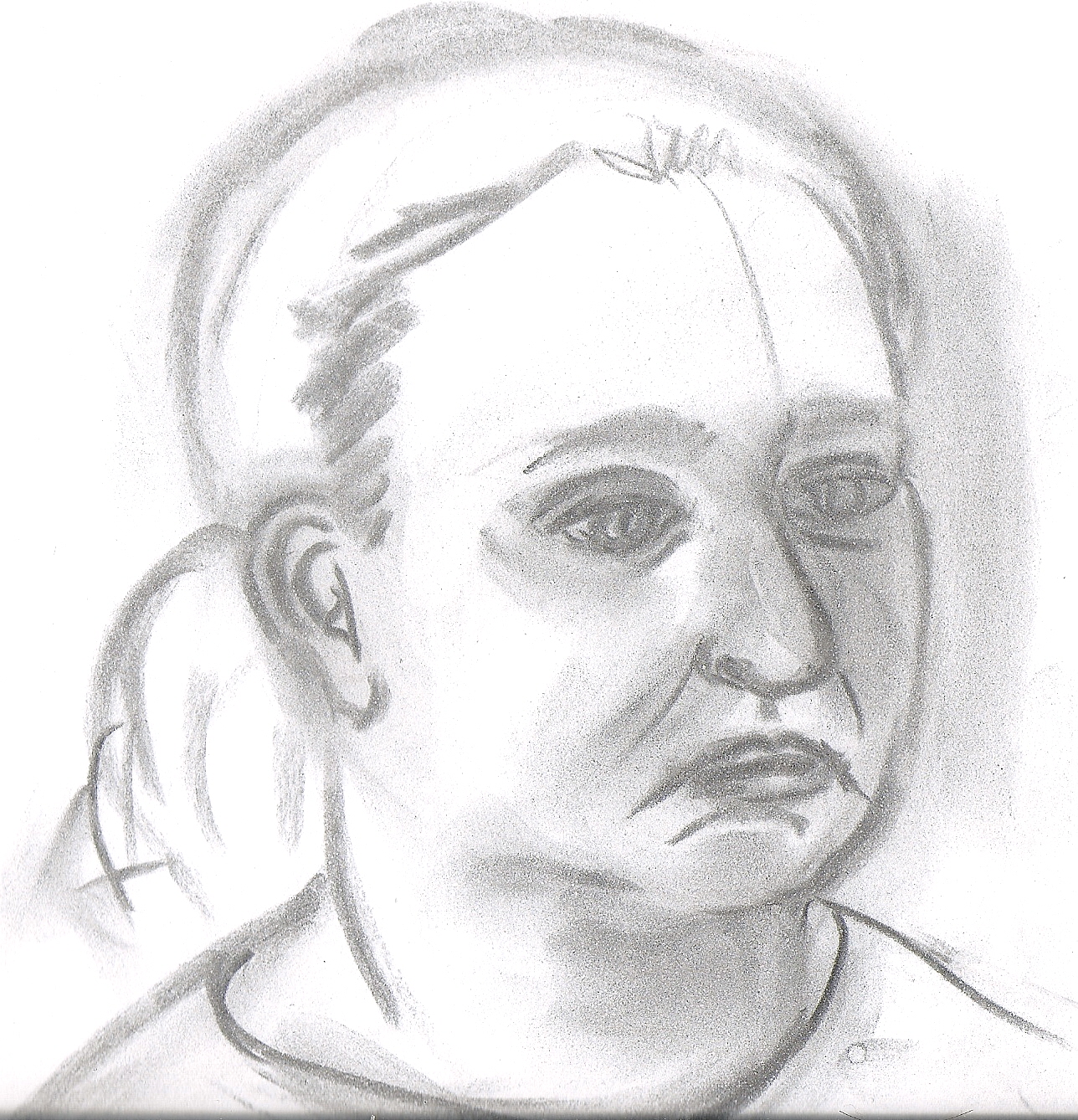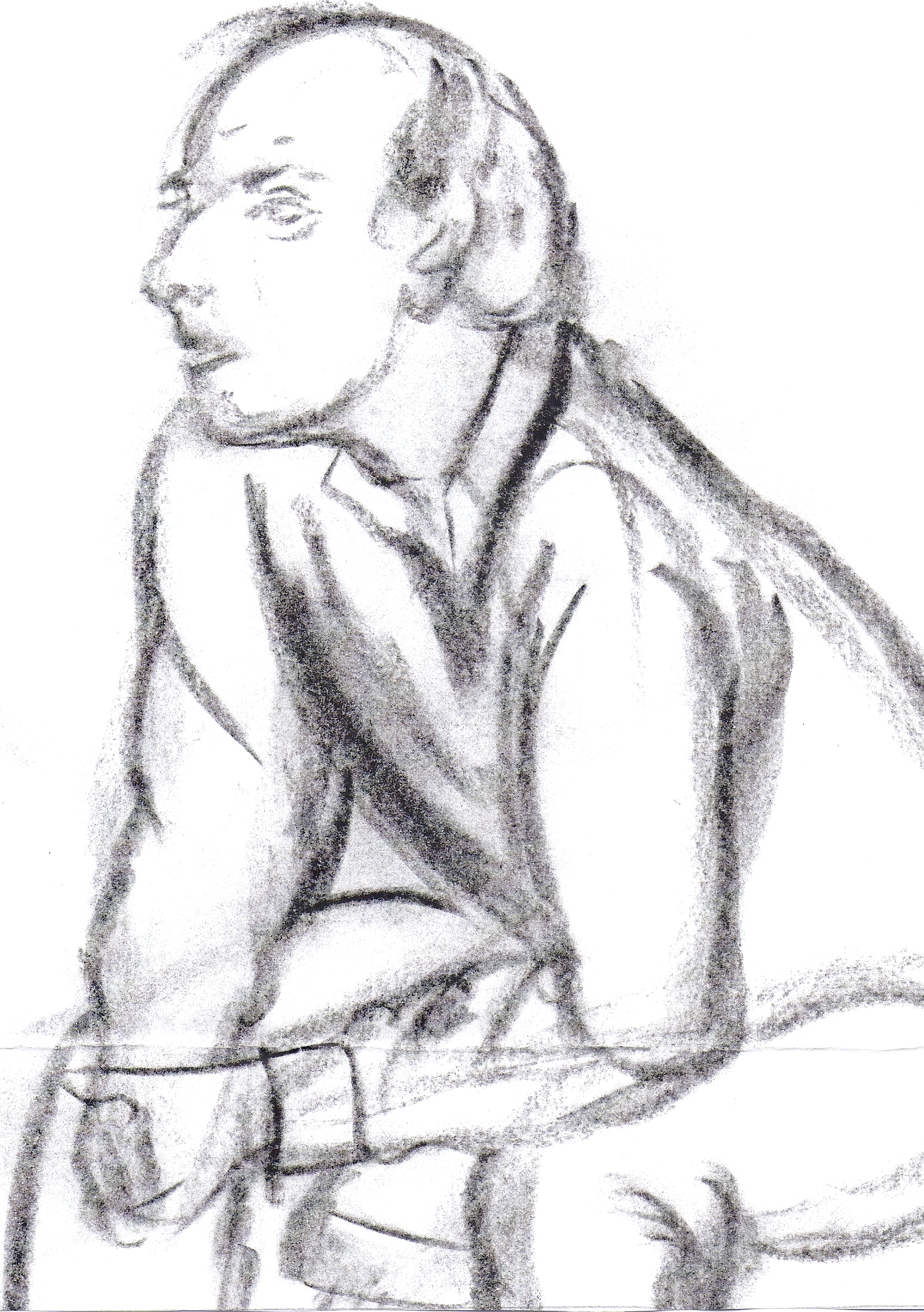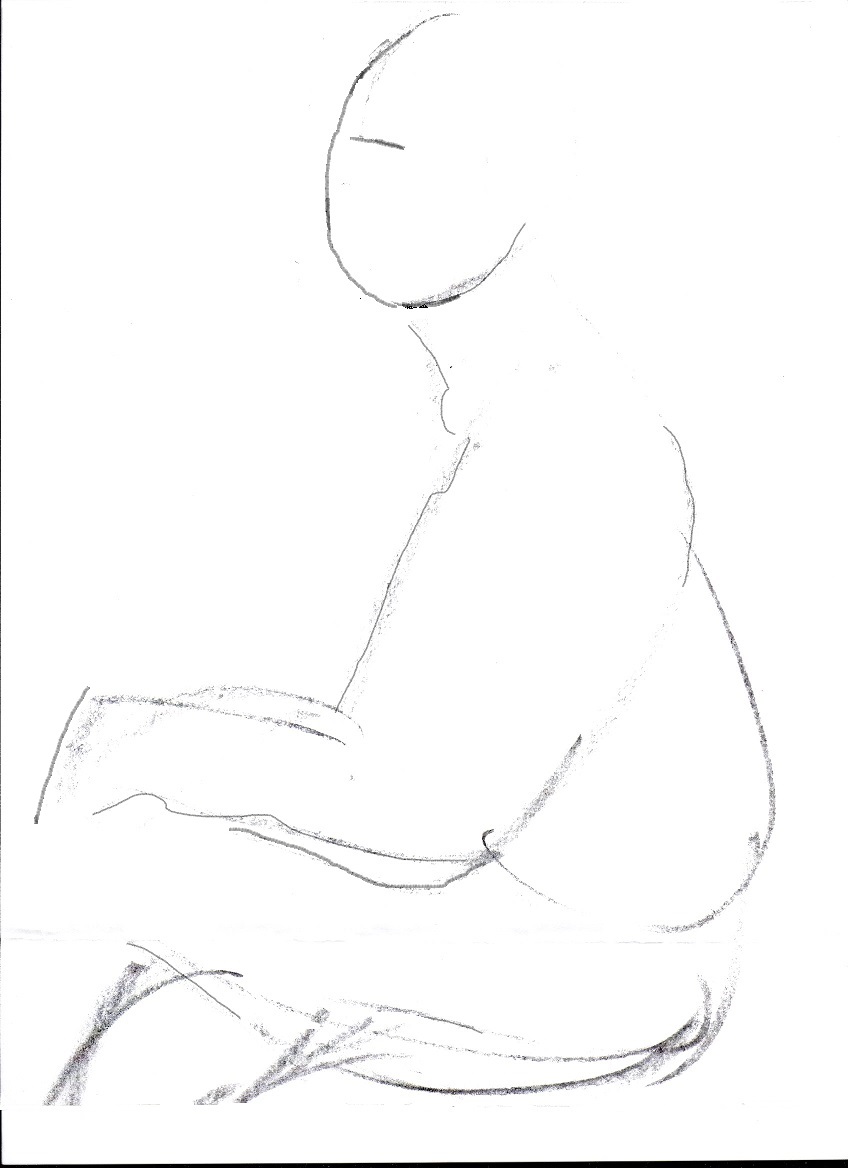MATERIALS:
Paper
Scissors
Pencil/eraser
Tracing paper
Glue Stick
- Research the paper cutouts of Henri Matisse which are a mix of symbolic and abstract shapes. “I have attained a form, filtered to the essentials,” Matisse once said and this sums up his philosophy as an artist. Study the paper cutouts for color and form; www.henri-matisse.net/cut_outs.html.
- There will be four panels or sections for the Four Seasons Mural. The third section will be summer. Plan the design for the season. The sample shown features the sun. There are other symbols for summer: the beach, the ocean, sailboats, swimmers, bathing suits, sunglasses, sand castles, etc. Sketch your design on tracing paper.
- The sample features three like colors: orange, yellow, dark red, and a patterned paper of orange leaves on a white background. Bright colors evoke summer like yellow, white, blue, green, red, orange, etc. Limit the palette to three to five colors as in the sample. Use patterned paper if it compliments the design.
- Decide the size of the paper cutout. The sample shown is 4” x 6.” Cut the background paper to the size you want for the paper cutout. The sample shows the patterned paper as the background color. Orange, yellow and dark red are the color choices for the sun and the sun’s rays.
- Sketch the design on tracing paper. Decide the colors for each part of the design. Blacken the back of the design and flip it over on to the papers you will use. Trace the outline of the shapes.
- Use embroidery scissors to cut out the shapes. Embroidery scissors enable you to cut inside larger shapes.
- Glue the shapes down and you have the third section of the Four Seasons Mural: Summer!





